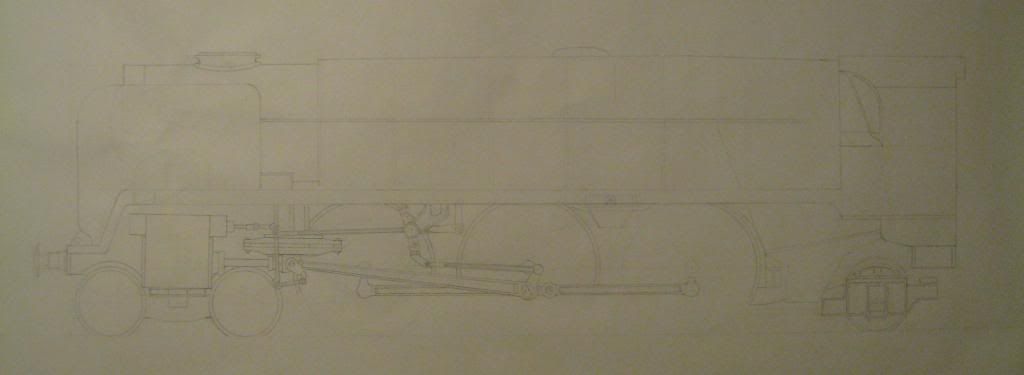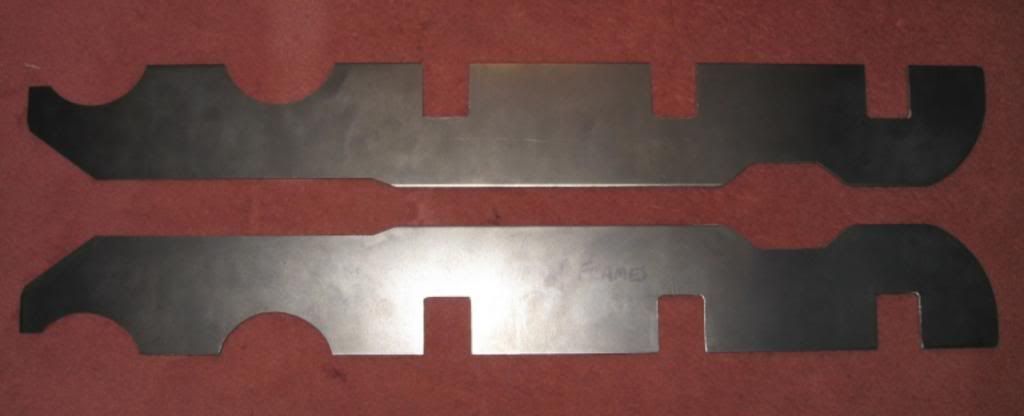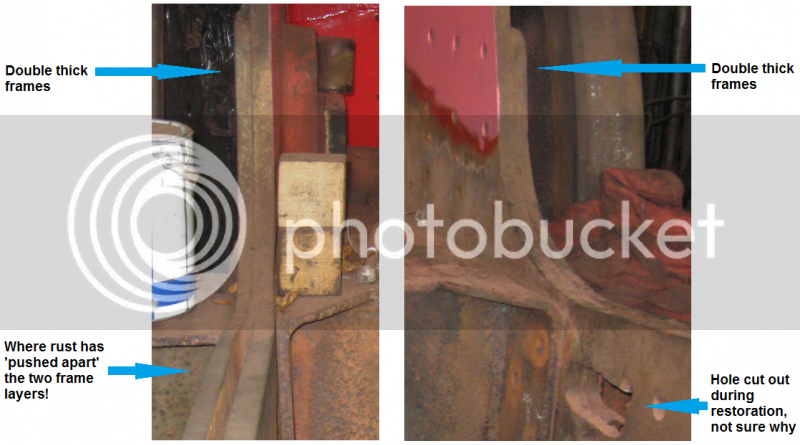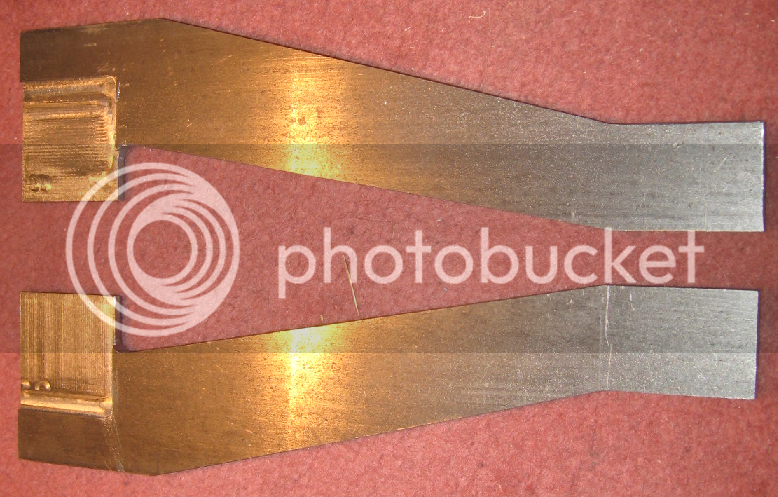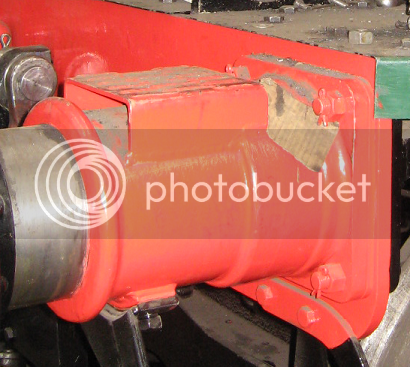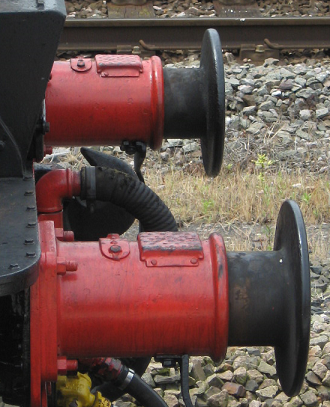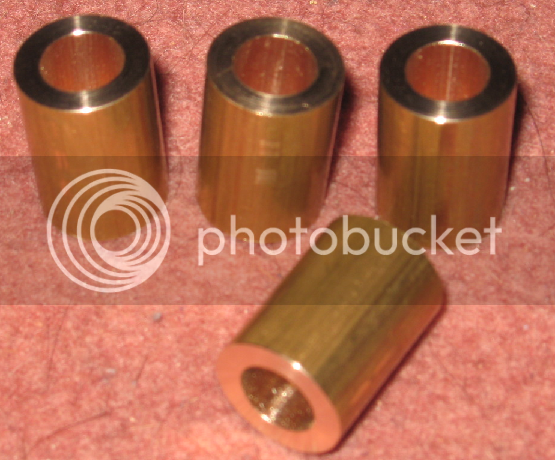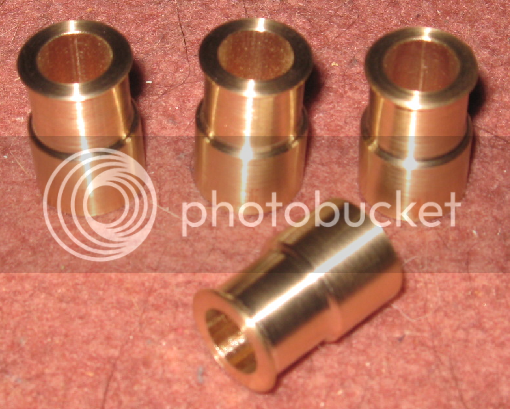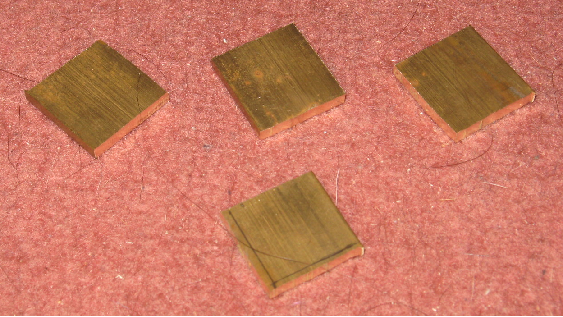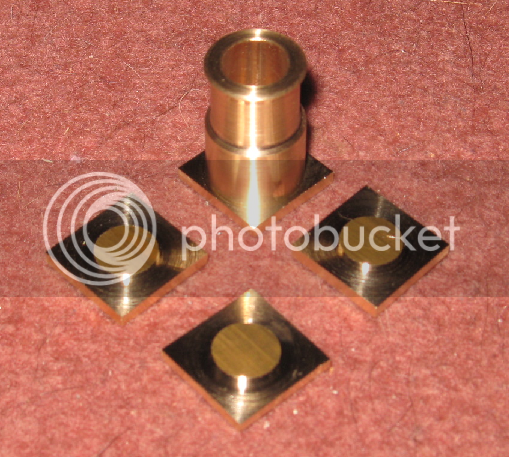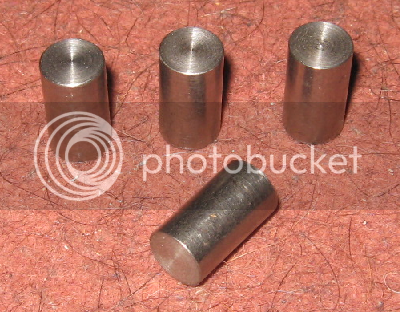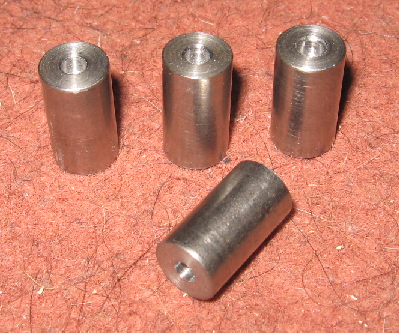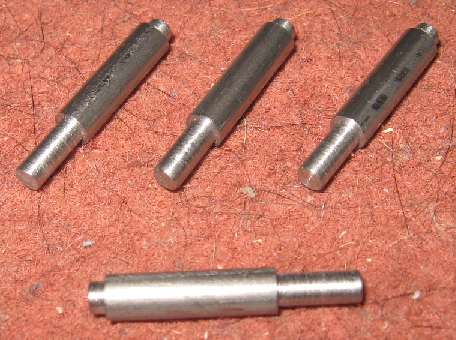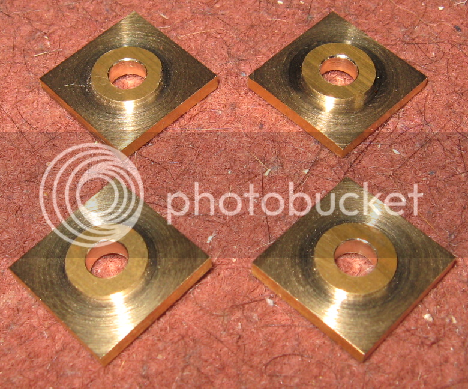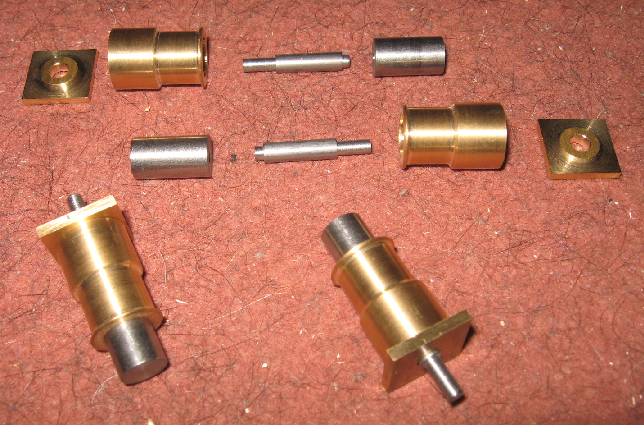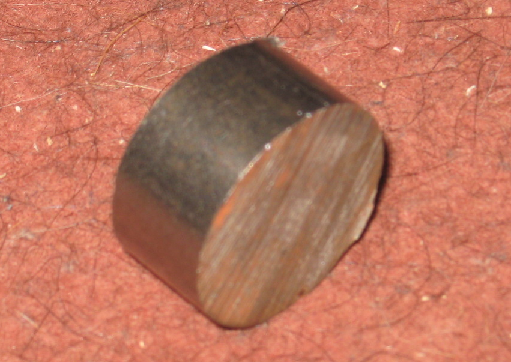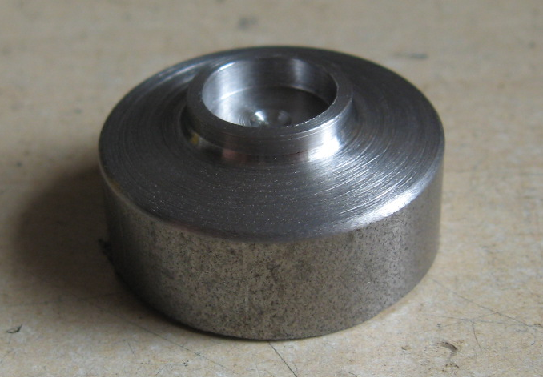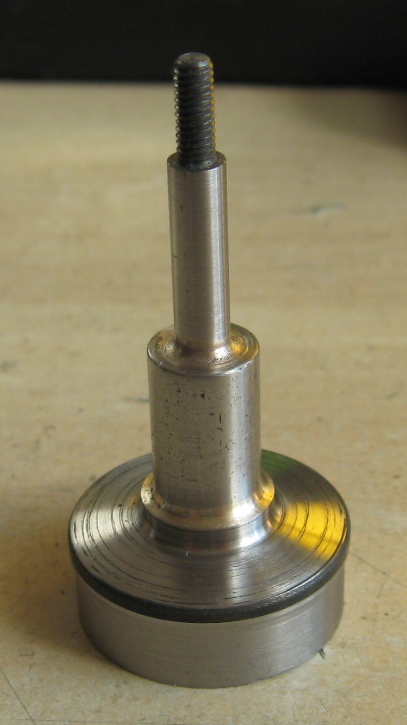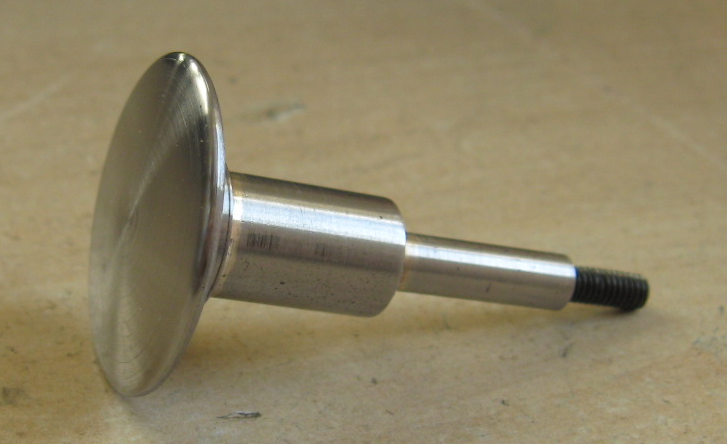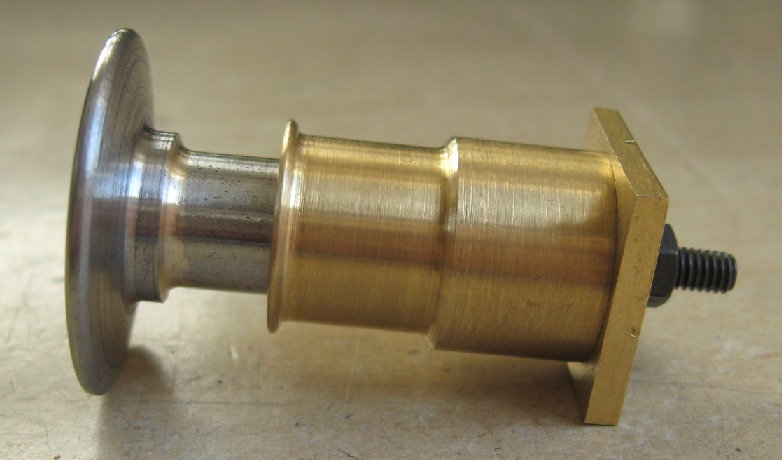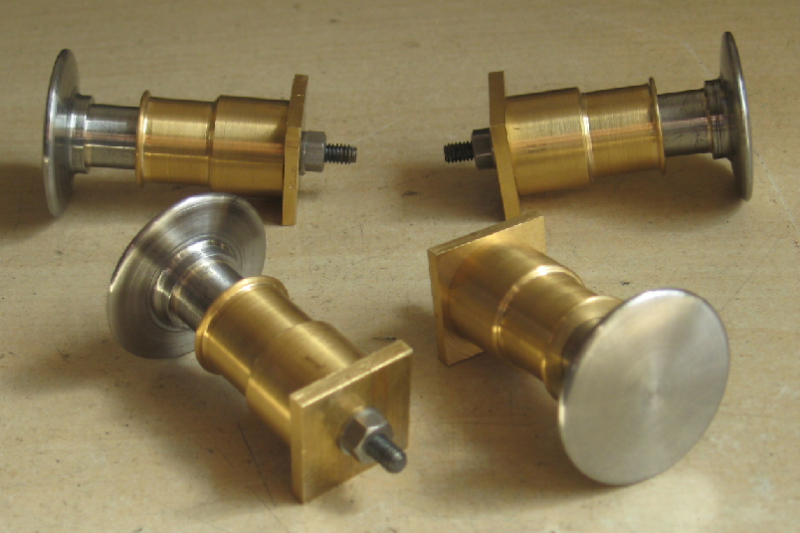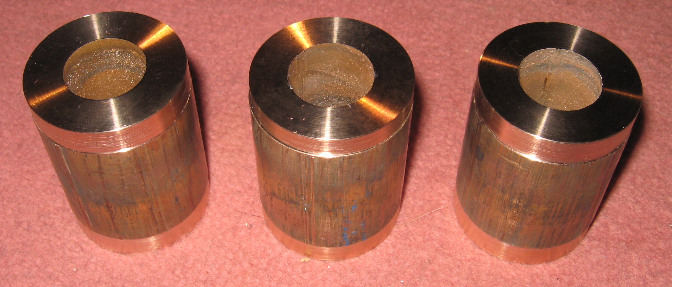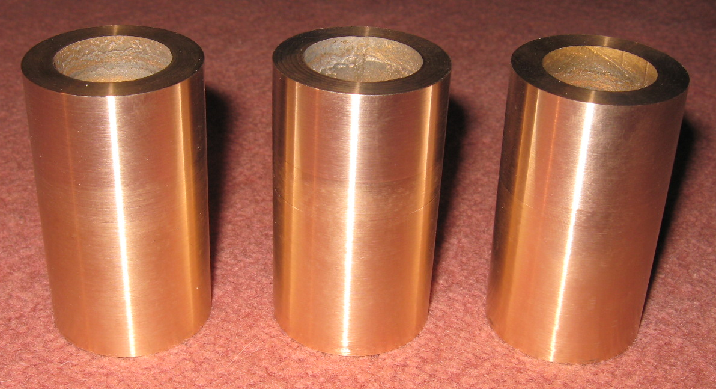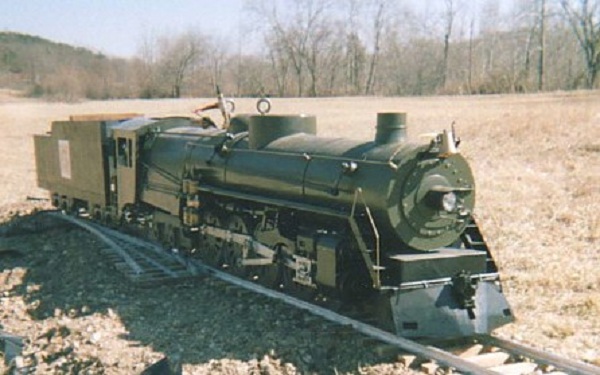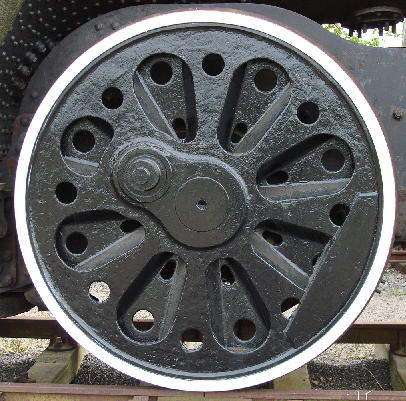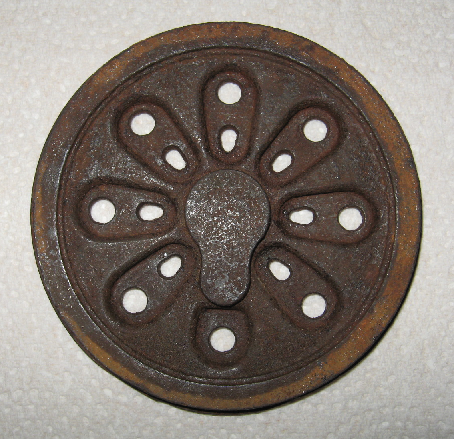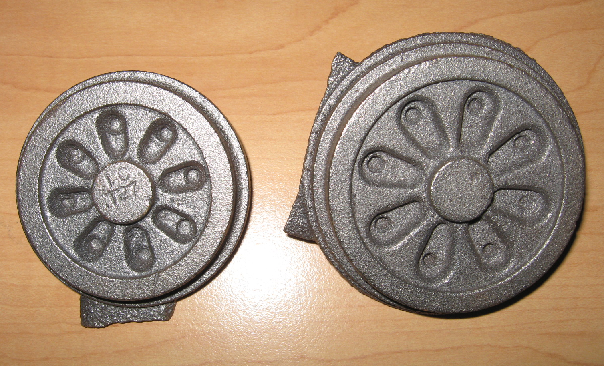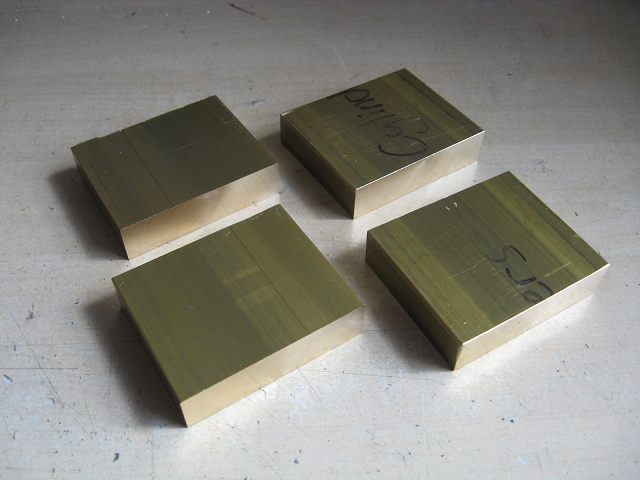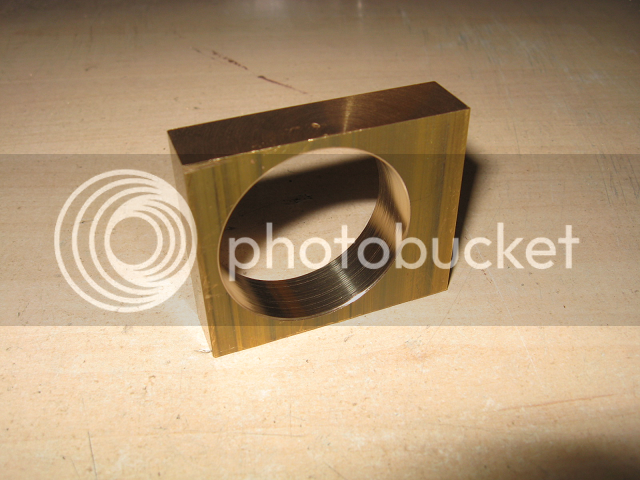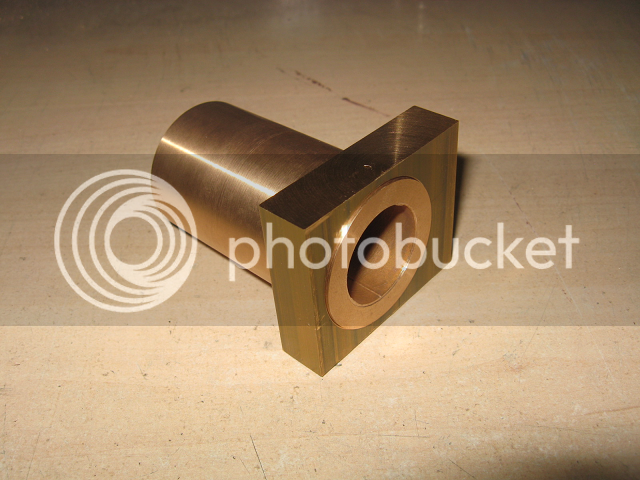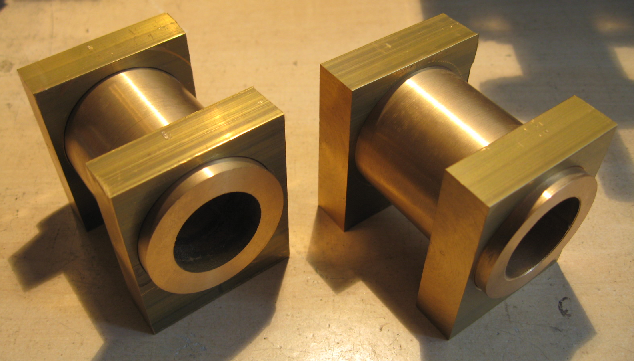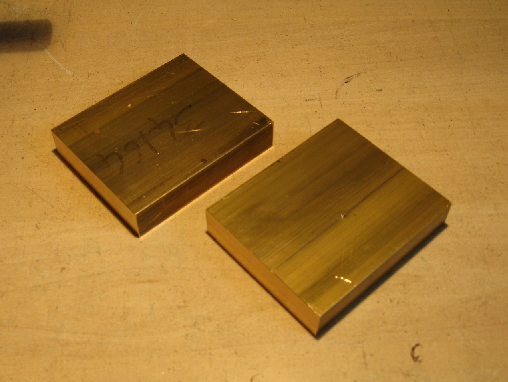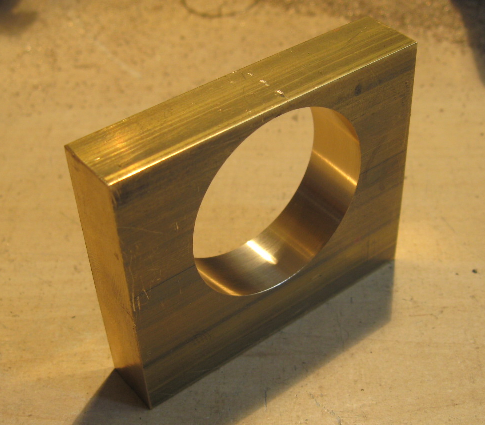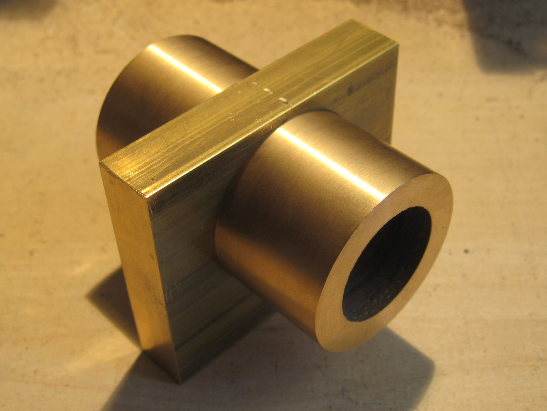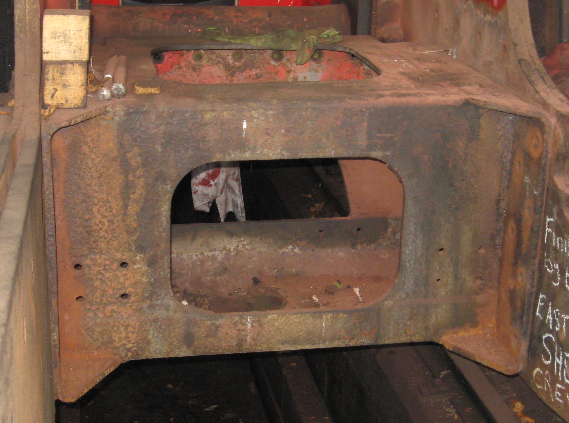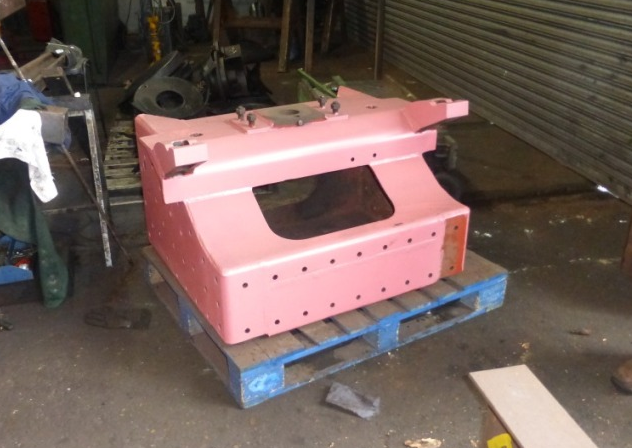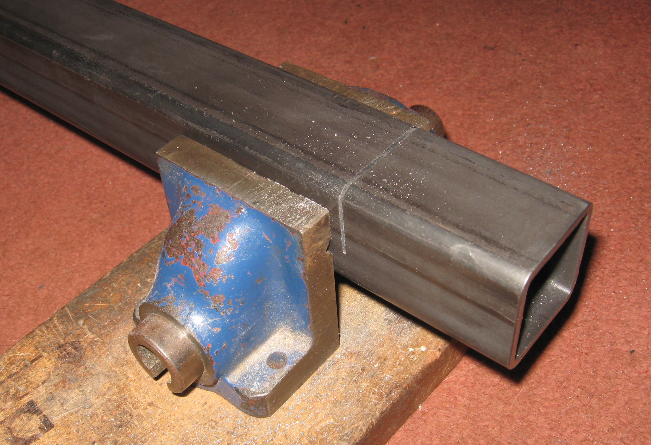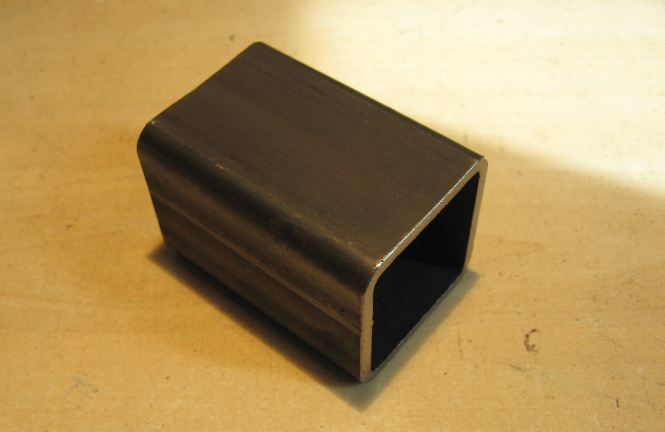syrtismajor
Junior Member
- Joined
- Feb 15, 2010
- Messages
- 50
- Reaction score
- 21
Hello all,
I may be a little transient on these boards but I am hoping to change all that with this thread.
If you know me on here, I was attempting to build L.B.S.C's 'Virginia' at 1/16 scale (3.5" gauge). While this engine was challenging and enjoyable, it wasn't the engine I actually wanted to build. Now I've had some scares recently including being diagnosed with epilepsy (there is a thread about this in the disability section), I've decided to shelve it for the foreseeable.
Since I am from the UK, I wanted to build an engine of that heritage. I didn't want to build a 5" or a 7.1/4" gauge as they are huge and I have limited room to build/store it. The real challenge however was trying to find plans for a loco I actually wanted rather than a 'sort of do'. I was tempted with the 'Heilan Lassie' that was also designed by L.B.S.C but that seemed a little ungainly in appearance (I'm not a fan of Thompson's re-builds but that is another story that I recommend you hunt out and read).
Anyway, I'm drifting from the point.
I wanted a large loco with power, and one that you don't see that often. I also wanted one that I could design myself rather than altering existing plans. Since I also love O.V.S Bulleid (http://en.wikipedia.org/wiki/Bulleid) and his innovative locos, it just had to be one of his marvellous Light Pacific's.
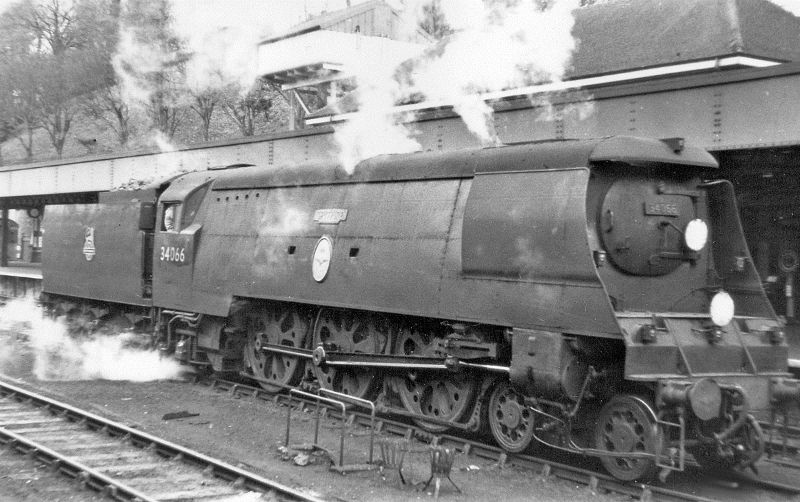
While I think that class is lovely, it doesn't 'look' like a loco. This means that I probably controversially went with one of the rebuilds:
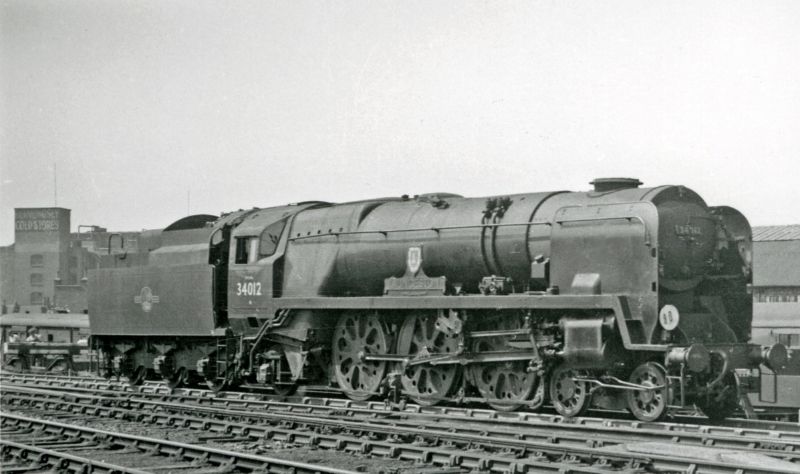
The main catch is that there are no plans that exist for this engine, that is the challenging bit
Now to show that I am serious, here are the first blanks to be on the production line...
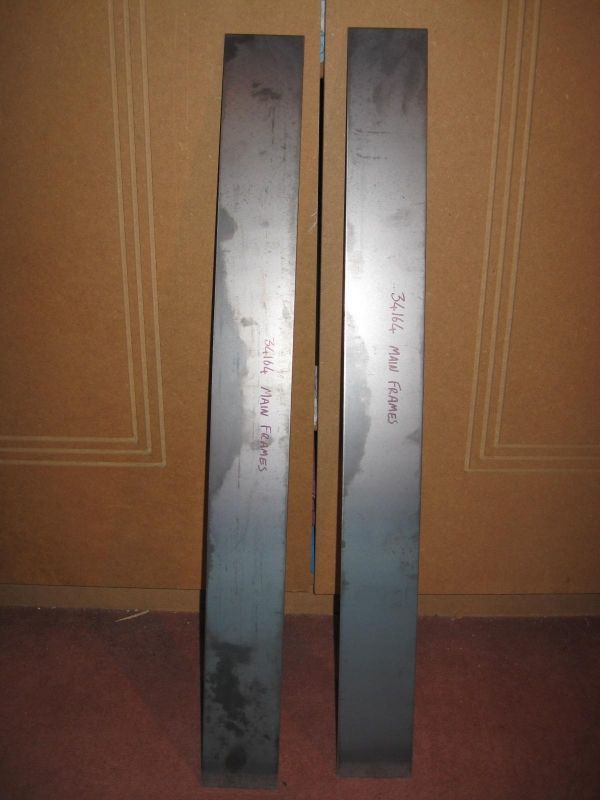
The frames!
I'm hoping to update this every weekend... let's hope I will
I may be a little transient on these boards but I am hoping to change all that with this thread.
If you know me on here, I was attempting to build L.B.S.C's 'Virginia' at 1/16 scale (3.5" gauge). While this engine was challenging and enjoyable, it wasn't the engine I actually wanted to build. Now I've had some scares recently including being diagnosed with epilepsy (there is a thread about this in the disability section), I've decided to shelve it for the foreseeable.
Since I am from the UK, I wanted to build an engine of that heritage. I didn't want to build a 5" or a 7.1/4" gauge as they are huge and I have limited room to build/store it. The real challenge however was trying to find plans for a loco I actually wanted rather than a 'sort of do'. I was tempted with the 'Heilan Lassie' that was also designed by L.B.S.C but that seemed a little ungainly in appearance (I'm not a fan of Thompson's re-builds but that is another story that I recommend you hunt out and read).
Anyway, I'm drifting from the point.
I wanted a large loco with power, and one that you don't see that often. I also wanted one that I could design myself rather than altering existing plans. Since I also love O.V.S Bulleid (http://en.wikipedia.org/wiki/Bulleid) and his innovative locos, it just had to be one of his marvellous Light Pacific's.

While I think that class is lovely, it doesn't 'look' like a loco. This means that I probably controversially went with one of the rebuilds:

The main catch is that there are no plans that exist for this engine, that is the challenging bit
Now to show that I am serious, here are the first blanks to be on the production line...

The frames!
I'm hoping to update this every weekend... let's hope I will





